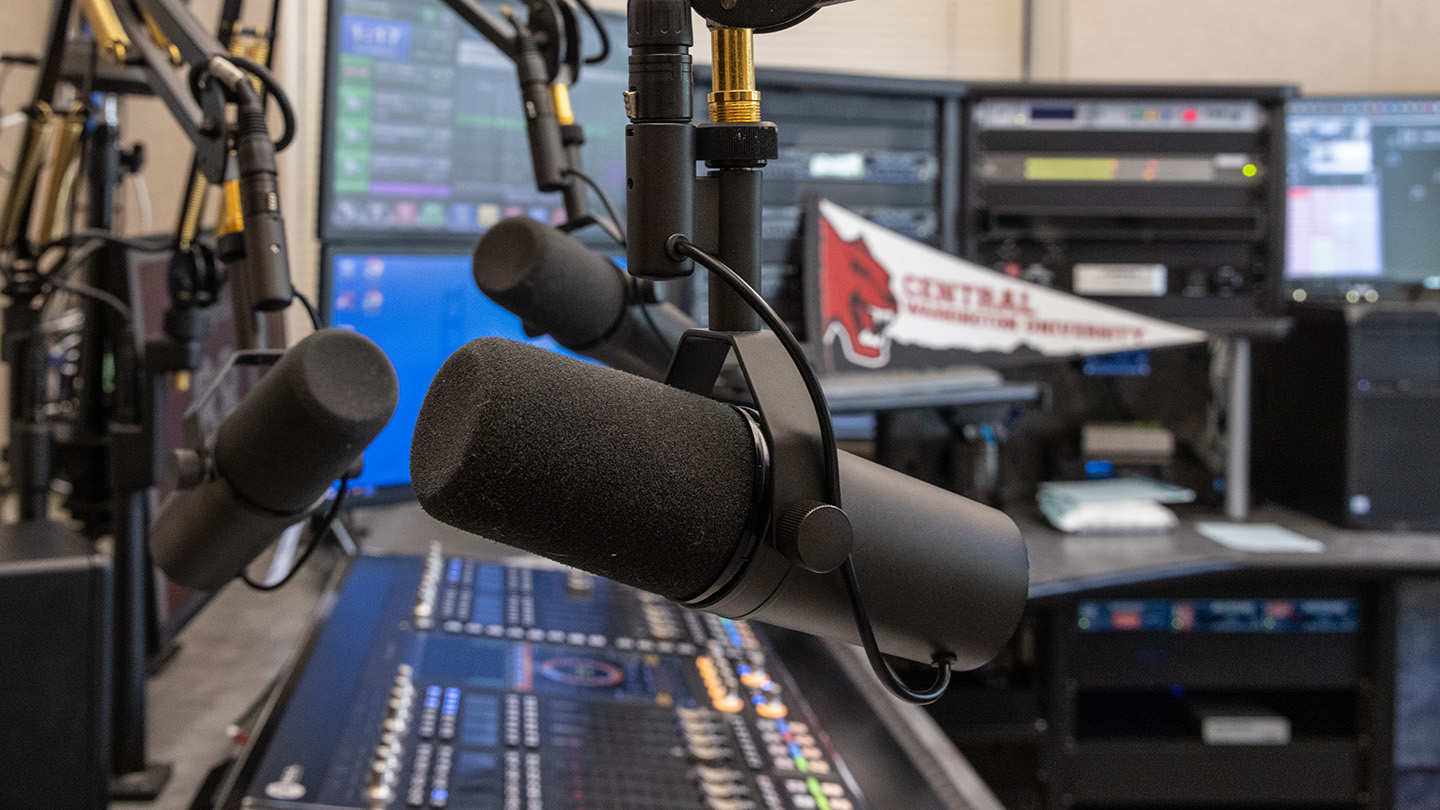The radio broadcasting industry has a long history of embracing technological innovation to improve the quality, reach, and efficiency of radio broadcasts. From the early days of AM and FM radio to the digital age of internet radio and podcasting, radio has continually evolved to adapt to changing technologies and consumer preferences. In this article, we’ll take a closer look at some of the most significant technological innovations in radio broadcasting and their impact on the industry.
1. Transition to Digital Broadcasting
One of the most significant technological innovations in radio broadcasting in recent years has been the transition from analog to digital broadcasting. Digital radio offers several advantages over traditional analog broadcasting, including higher audio quality, improved reception, and the ability to transmit additional data such as song information, artist details, and album artwork.
Digital radio also opens up new opportunities for broadcasters to offer additional channels and services, such as multicast channels, interactive features, and on-demand content. In many countries, digital radio standards such as DAB (Digital Audio Broadcasting) and HD Radio have been adopted to support the transition to digital broadcasting and provide listeners with a more immersive and interactive radio experience.
2. Internet Radio and Streaming
The rise of the internet has revolutionized the way radio is delivered and consumed, giving rise to the phenomenon of internet radio and streaming services. Internet radio allows listeners to tune in to radio stations from around the world via the internet, providing access to a vast array of music, talk shows, and other programming.

Streaming services such as Pandora, Spotify, and Apple Music have also transformed the radio landscape, offering personalized music streaming experiences tailored to individual listener preferences. These services use algorithms to analyze listener behavior and preferences and recommend songs and playlists based on their tastes, providing a highly curated and customizable listening experience.
3. Podcasting
Another major technological innovation in radio broadcasting is the rise of podcasting. Podcasts are digital audio programs that can be downloaded or streamed over the internet, allowing listeners to listen to them on-demand at their convenience. Podcasts cover a wide range of topics, from news and politics to entertainment, education, and beyond.
Podcasting has democratized the radio industry, allowing anyone with a microphone and an internet connection to create and distribute their own audio content. This has led to a proliferation of podcasts covering niche topics and catering to specific audiences, providing listeners with a diverse array of content to choose from.
4. Advances in Broadcasting Equipment
Advances in broadcasting equipment have also played a significant role in shaping the radio industry. Modern broadcasting equipment is more powerful, reliable, and efficient than ever before, allowing broadcasters to produce high-quality audio content with ease.
Digital audio workstations (DAWs), for example, have revolutionized the way radio programs are produced and edited, allowing broadcasters to record, edit, and mix audio with precision and flexibility. Broadcasting consoles have also evolved to incorporate digital technology, offering advanced features such as touchscreen interfaces, programmable presets, and network connectivity.
5. Integration of Social Media and Interactivity

Social media has become an integral part of the radio broadcasting experience, allowing listeners to engage with their favorite radio stations and hosts in real-time. Many radio stations use social media platforms such as Twitter, Facebook, and Instagram to interact with listeners, promote upcoming shows, and share behind-the-scenes content.
Moreover, radio stations are increasingly incorporating interactive features into their broadcasts, allowing listeners to participate in polls, contests, and live chats. This interactivity enhances the listener experience and fosters a sense of community and engagement among listeners.
Technological innovation has always been at the heart of the radio broadcasting industry, driving advancements in audio quality, reach, and interactivity. From the transition to digital broadcasting to the rise of internet radio, streaming, podcasting, and social media integration, radio has continually evolved to meet the changing needs and preferences of listeners.
As technology continues to evolve, radio broadcasters will continue to explore new ways to deliver high-quality audio content and engage with audiences across multiple platforms. By embracing technological innovation and staying ahead of the curve, radio broadcasters can position themselves for success in the dynamic and competitive media landscape of the future.


